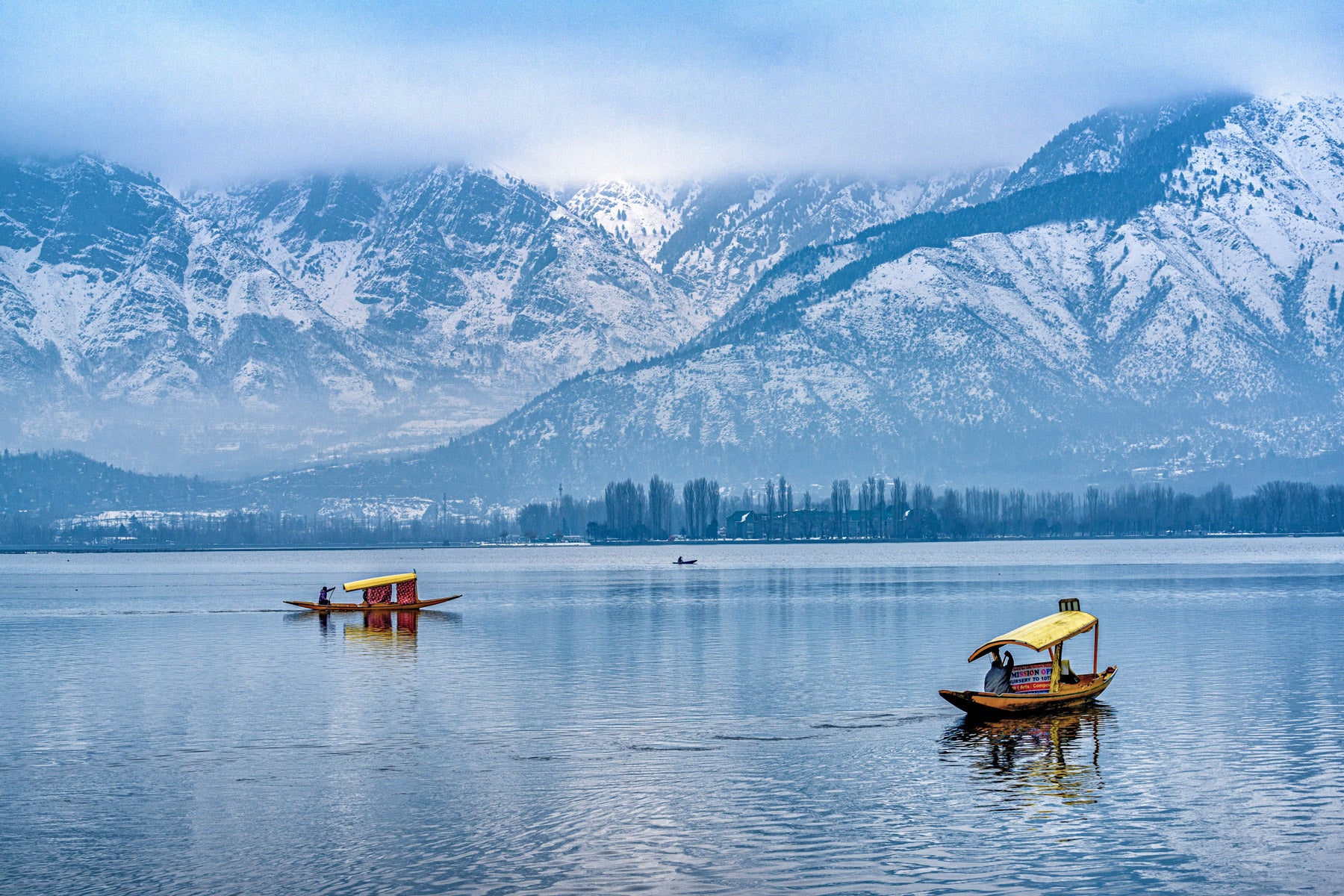The Santa Ana silver mine project is located in southern Peru, approximately 140km south of the Puno city. The 5,400ha silver mine is wholly owned by Bear Creek Mining. A Supreme Decree was issued by the Peruvian Government granting the Company title over the mineral concessions covering the Santa Ana Project in 2007.
After initiating exploration work in 2008, Bear Creek undertook a comprehensive Environmental and Social Impact Assessment (ESIA). A feasibility study on the development of the mine was completed in October 2010. The study estimates the mine will produce 47.4 million ounces of silver over an 11-year life.
Construction on the mine began in 2011 and production was scheduled towards the end of 2012, but in June 2011 the Peruvian Government suspended the ESIA and issued another Supreme Decree reversing the previously issued Supreme Decree, following an anti development protest. The latest order the government resulted in a complete stoppage of the mine development work.
However, in February 2014, Bear Creek served a Notice of Intent to the Peruvian Minister of Economy and Finance to submit a “Claim to Arbitration” under the Free Trade Agreement between Canada and Peru against the Government enactment of June 2011 that revoked the company’s legal right over the Santa Anna property.
In May 2014, Bear Creek announced positive judicial decision by the Lima First Constitutional Court which ruled that the constitutional rights of the company were violated by the Peruvian Government.
Santa Ana reserves
The mine contains approximately 37Mt of proven and probable reserves graded at 53g/t silver, 0.34% lead and 0.58% zinc. The combined resources in the measured and indicated category have been estimated at 64.72Mt grading at 35g/t silver, 0.30% lead and 0.50% zinc. Inferred resources amount to 21.63Mt grading at 40.6g/t silver, 0.32% lead and 0.49% zinc.
Geology
The deposit lies within a broad volcanic upland hosted between extensive exposures of thin-bedded grey coloured lithic sandstones and red beds of the cretaceous to lower-tertiary in age Puno group that lay beneath volcanics towards the north and south.
“Construction on the mine was halted in June 2011 following an anti-development protest.”
A complex of fine-grained andesite flows and autobreccias of the Tertiary Tacaza group occupies the central and western section of the upland. The north striking andesite flows plunge to the west at angles varying from 150 to 450. The flows are capped to the west by coarse-grained dacitic porphyry that is unconformably overlain by a thick complex of Miocene to Pliocene aged dacitic volcanoclastic rocks.
Mineralisation
Mineralisation is hosted within the andesite flows, autobreccias and dacitic porphyry. A northern Anomaly A and a south-hosted Anomaly B have been described in early descriptions of mineralisation. These zones have been connected by the recent drilling activities to represent major structural orientations that host continuous mineralisation.
The mineralisation occurs both laterally and vertically. Vein-styled mineralisation and bulk tonnage material is hosted in the andesite volcanic unit within two major structural trends. Higher grade mineralisation is found within veins, vein swarms, widespread crackle breccias and open space fillings.
Minor mineralisation is hosted within quartz-feldspar porphyry intrusives in the northern Anomaly B and the canyon south of Huacullani.
Mining and processing
Due to the proximity of large quantities of primary silver near surface, the proposed mining method for the project will involve conventional open pit mining techniques including blasting. The open pit will be dug on 5m high benches. Mining will be conducted using 63t trucks and 8.6m³ wheel loaders. A minimum pre-production waste stripping of 2.97Mt will be required and the overall strip ratio will be 2:1 during the life of the project.
In the initial 9.5 years, ore will be transported directly from the pit and dumped into the crushing system by trucks. The entire process will involve two stages of crushing, one classification stage, heap leaching and recovery by Merrill-Crowe extraction.
“The Santa Ana mine project is located in southern Peru.”
The crushed ore will be sent to the coarse ore stockpile. Using an automated conveyor loading system, the ore will be loaded and transported to the heap leach where it will be stored in cells. To dissolve silver minerals, the heap will be irrigated with a sodium cyanide solution. The pregnant solution will be delivered to the 571m³/hr Merrill-Crowe plant.
The silver-zinc precipitate produced at the Merrill-Crowe plant will be smelted to produce a silver containing Dore bar. The leaching process will result in a 70% recovery of silver.
A low-grade stockpile will also be constructed in the first five years of mining. The stockpile will store 2,964kt of ore with an average grade of 29.9g/t. The low-grade stockpile will feed the crusher on completion of the main mining activity. The waste will be transported to a waste storage plant constructed about 1km southwest of the pit.
Contractors
The engineering, procurement and construction management (EPCM) contract for the project was awarded to Grupo Graña Montero (GMI) on 28 February 2011.
Financing
The project will be financed using net proceeds from a $130m bought deal offering. The offering was closed on 5 November 2010 and involved a syndicate of underwriters including BMO Capital Markets, Canaccord Genuity, Paradigm Capital, Haywood Securities, Raymond James, Cormark Securities and Scotia Capital.
Infrastructure
The mine is located close to favourable infrastructure. Access will be through an 8km gravel road, including newly constructed and upgraded sections. A new section of the road will be constructed to connect to the existing paved highway that links the Bolivian border to the port of Ilo.
An electrical substation, located 42km from the mine, at Pomata will be connected to the mine via a proposed transmission line.
Subscribe to our Newsletters
Get industry leading news, data and analysis delivered to your inbox




